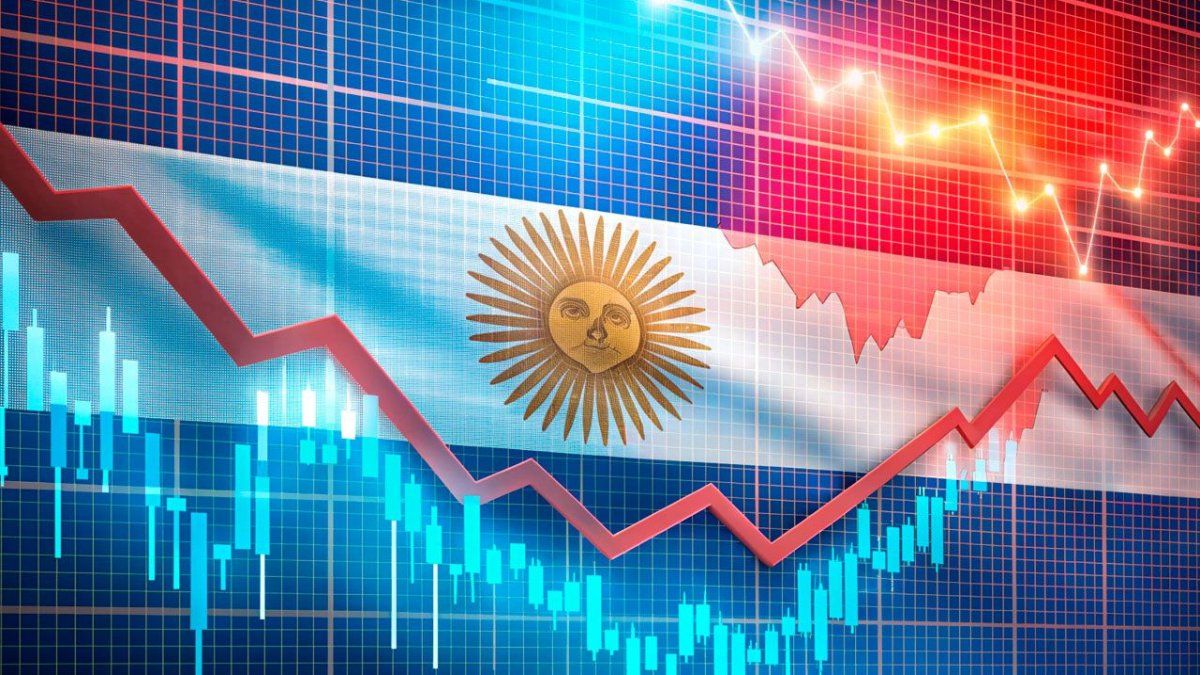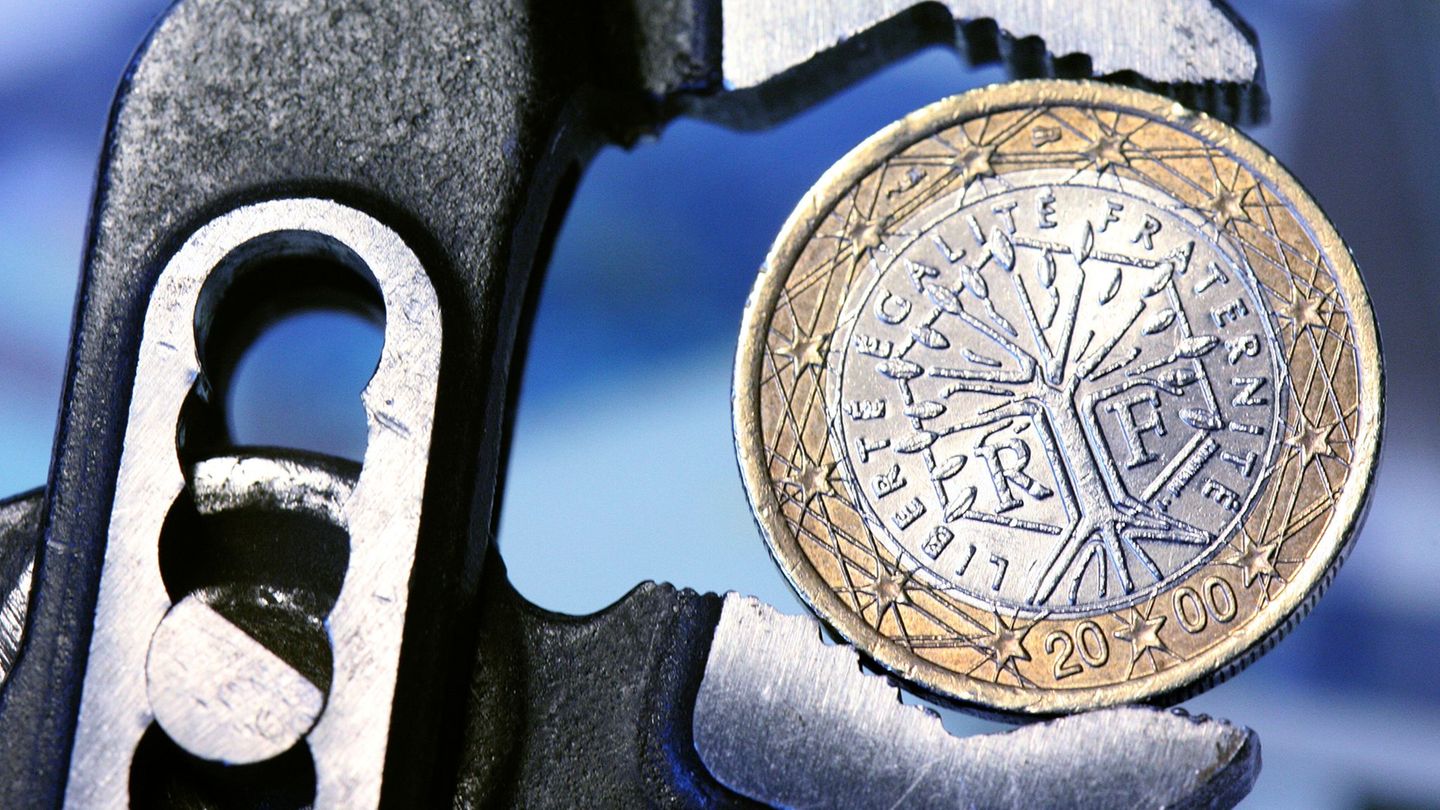Having received a country on the verge of hyperinflation, with reserves of -US$11 billion, price controls, debts for imports of US$50 billion and a 15 point consolidated deficitthe Government has successfully managed to stabilize the economy.
The sharp reduction in spending has allowed us to achieve fiscal, trade and current account surpluses since January. On the other hand, since August of this year, The quasi-fiscal deficit, which was the main cause of monetary emission in recent years, was reduced to zeroAt the same time, the flow of imports was normalized, significant progress was made in correcting relative prices, and the issue of “puts” was resolved.
Inflation and currency controls
The result of these policies is that inflation collapsed. The CPI is on track for 3% monthly and wholesale inflation in the 2% range, in line with the “crawling peg”. This is due to the fact that “Persistent inflation is always and everywhere a fiscal phenomenon, where the Central Bank is its monetary accomplice,” As the Nobel Prize winner in Economics said, Thomas Sargent, paraphrasing Milton Friedman. The Government decided to attack head on and with conviction the origin of chronic inflation in our country.
What follows for the next few months is an inflation that could break the “crawling peg” barrier. Milei anticipated that, along with the fall in inflation, he will gradually reduce the “crawling peg” until it reaches zero, after which a series of alternatives in monetary policy will open up. All of them imply a solid nominal exchange rate anchor, something very necessary in a bimonetary economy like Argentina.
The Government is betting that, at some point in the In the coming months, financial dollars will converge with the “crawling peg”, which would allow the elimination of the restriction. This could be accelerated if dollars arrive from a new agreement with the IMF and other multilateral institutions.
Although there is a significant increase in the price of dollars, Talking about an exchange rate lag would seem to be premature. The alternative of devaluing would be counterproductive, since any temporary gain in the real exchange rate would be lost within a few months due to rising inflation. The “pass through” (transfer of devaluation to prices) in a bimonetary economy is very rapid. The only sustainable way to improve the real exchange rate is with tax cuts, deregulation and better infrastructure.
Economic activity
Along with falling inflation, Since April, a recovery in real wages has been observed, which anticipates a rebound in consumption. On the other hand, Since May, a higher level of economic activity has been notedwhich began to be more evident from July with positive inter-monthly variations in VAT collection, car production, cement shipments, among other indicators.
In general terms, what is happening is that, after five decades in which our country did not have an engine of growth and the only thing that grew was the State, the foundations are being laid for sustained growth based on exports, investment, credit, less State, less taxes, deregulation and fiscal balance. The impact of the Large Investment Incentive Scheme (RIGI) is very significant, because it points to a boom in investment and exports in hydrocarbons, mining and other sectors. In a world immersed in geopolitical tensions not seen since the Cold War, Argentina has the potential to become a reliable supplier of food, strategic minerals and hydrocarbons.
Public spending
The reduction in public spending, which at the national level alone was 5 points of GDP during the management, together with the adjustment of provinces and municipalities, means that the fiscal surplus is much more sustainable over time. At the same time, if spending is kept under control, next year, when many analysts expect GDP growth of between 4% and 5%, the increase in revenue could translate into a reduction in taxes: this year the remaining 7.5% of the Country Tax will be eliminated, after which we could see a reduction in export taxes in 2025.
In this context, there appears to be little resistance from unions to economic deregulation, privatisation and economic opening, as approval ratings for trade unions are at historic lows.
In relation to the sustainability of public debt, we must remember that, although gross debt reaches 1.5%, US$456 billion (around 70% of GDP), the net is around US$240,000 million (36% of GDP), which seems sustainable. Assuming a 100% refinancing of local currency debt with multilateral organizations, and discounting intra-public sector maturities, Maturities with private entities in dollars are around US$7.5 billion in 2025, which is a manageable number.
These dollars could be bought with pesos if a significant surplus is maintained in the current account or if reserves are reinforced. They could also be obtained through a REPO or syndicated loan, or financed in the market if the country risk falls to levels of 800-700 points. In any case, payments would seem to be guaranteed in a context of fiscal balance.
All these questions allow us to anticipate a optimistic scenario for the marketsand although the increases in the prices of Argentine assets have been very significant, it could be just the beginning of the Argentine bull market.
Financial Advisor. Author of The Revolt of the Pandemics.
Source: Ambito
I am an author and journalist who has worked in the entertainment industry for over a decade. I currently work as a news editor at a major news website, and my focus is on covering the latest trends in entertainment. I also write occasional pieces for other outlets, and have authored two books about the entertainment industry.




